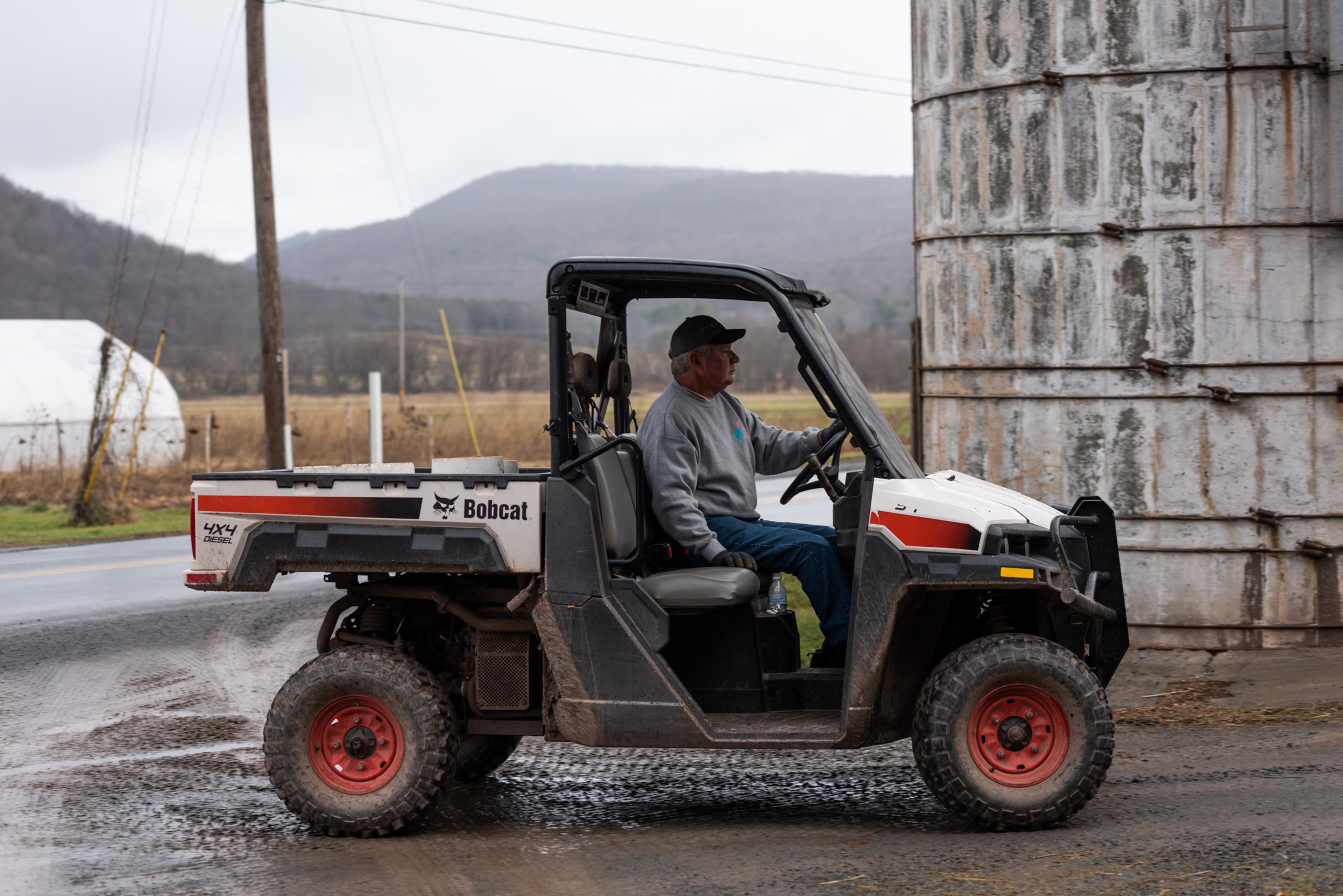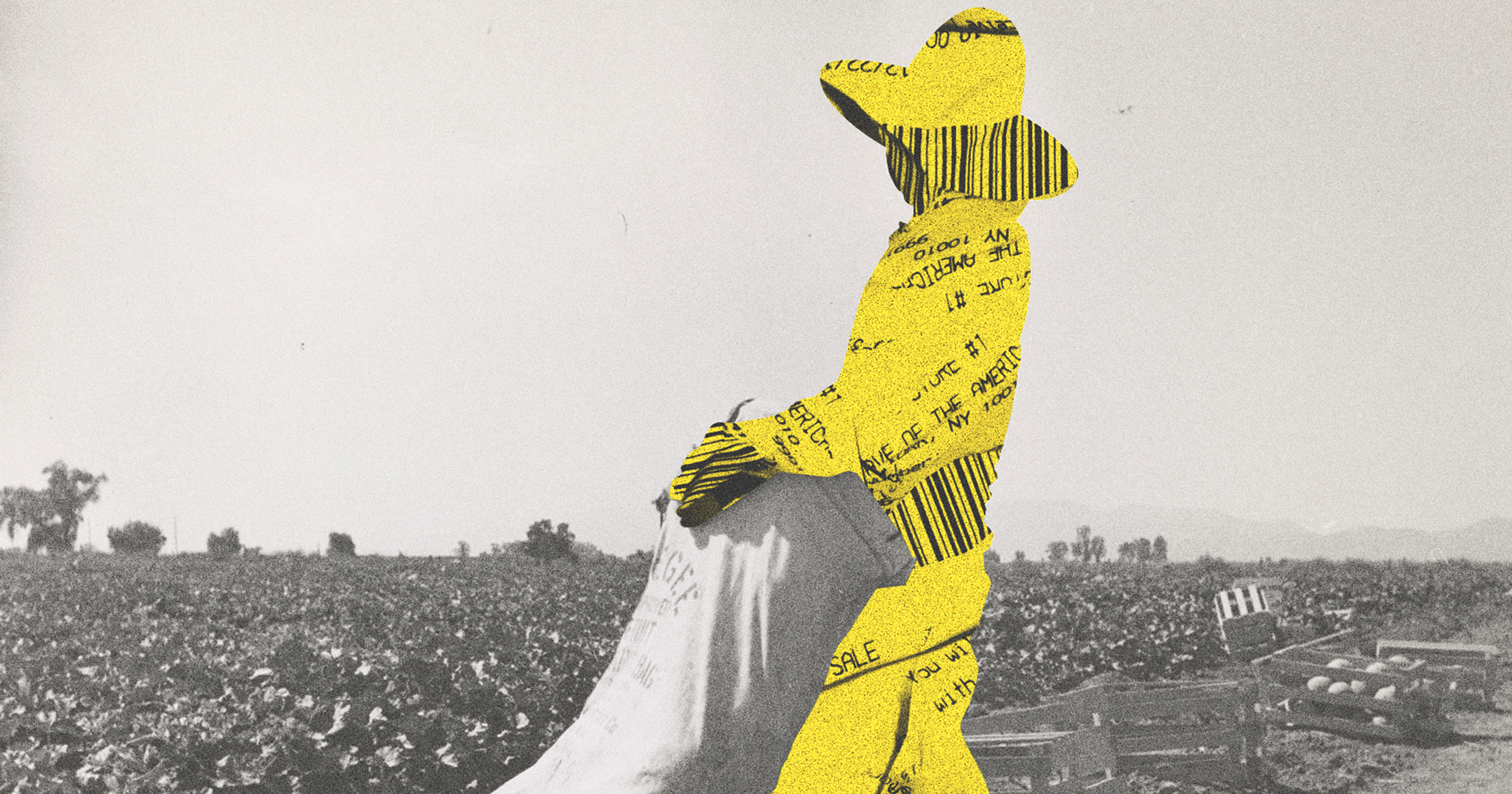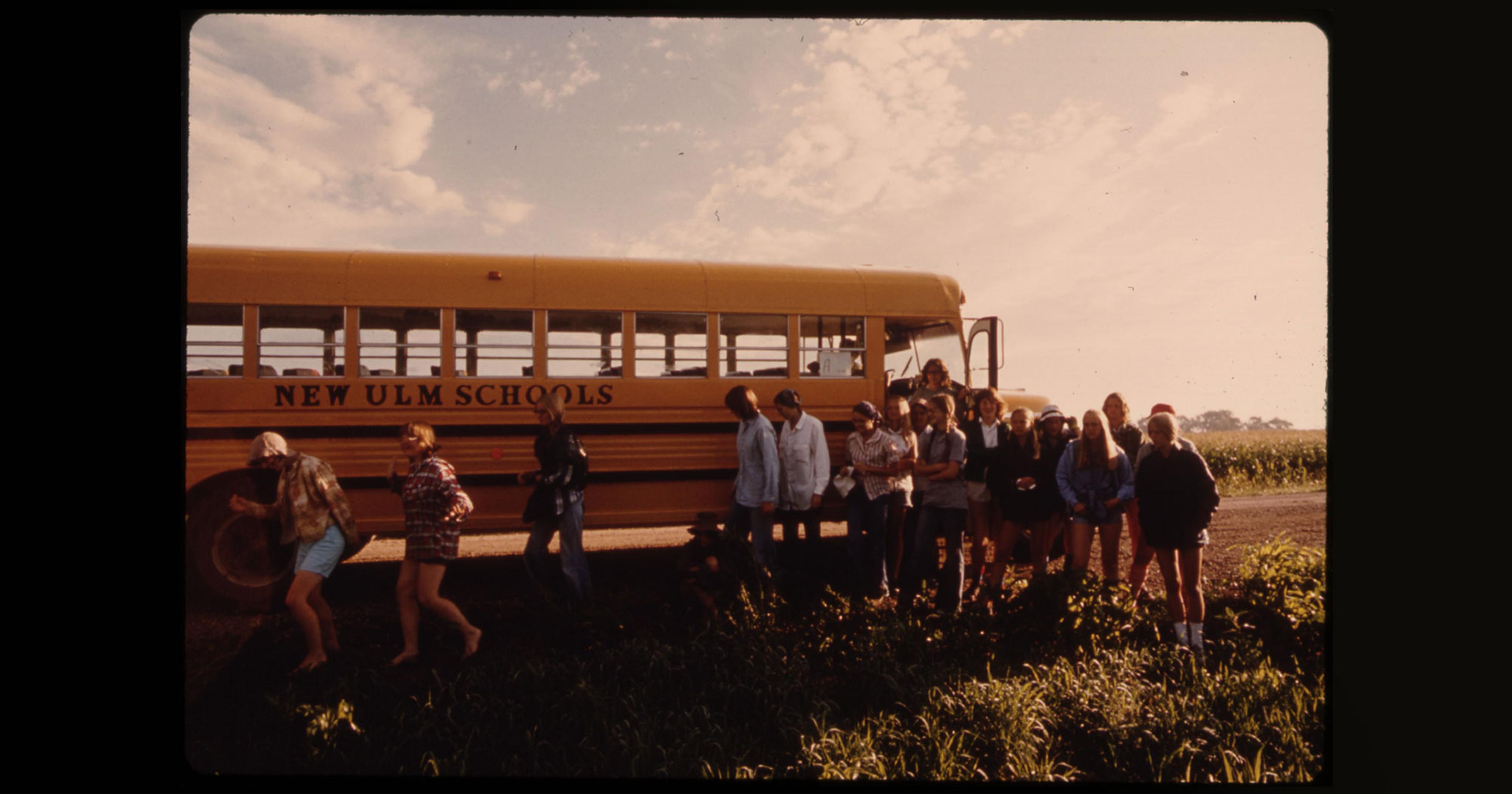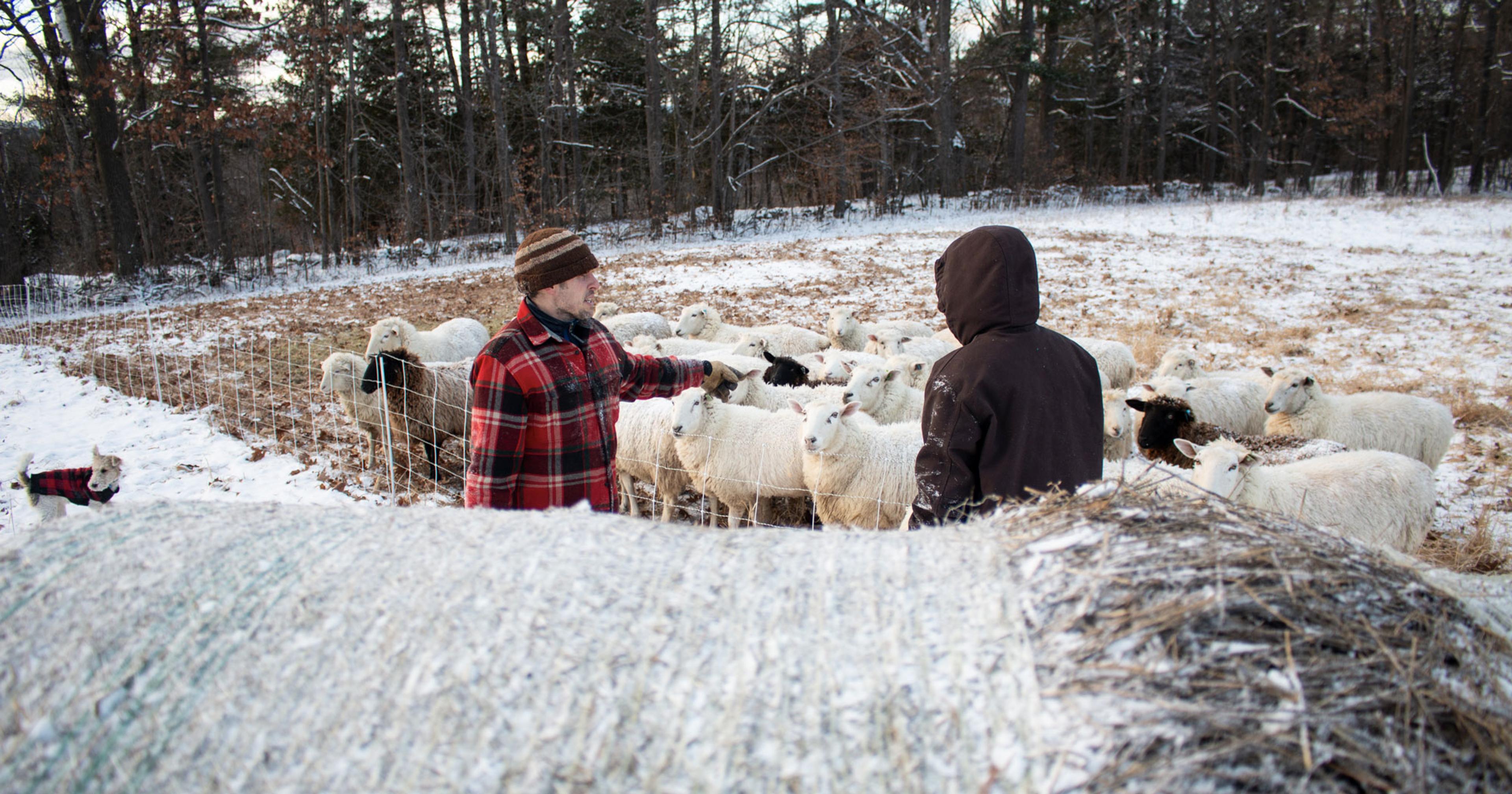In the face of volunteer firefighter shortages, rural fire departments are leaning on the ag community for assistance.
There’s one thing Chief Chris Rohwer loves to see when his department is fighting a field fire in his hometown of Pitsburg, Ohio: other farmers rushing over to help.
“They’ll bring some of their equipment out and start tilling the farm ground to create fire breaks around the fire. That way it doesn’t spread,” Rohwer said. “So we work hand in hand with them to help mitigate some of these incidents and in turn, they help take care of themselves.”
The extra support is essential in Rowher’s small rural community, where field fires are the “bread and butter” of his department — and where all-volunteer staffing is extremely low.
“Daytime responses seem to be the worst, because a lot of our members work out of the area for their nine-to-five jobs, so they’re not around,” he said. “So daytime responses, we may only get two, possibly three members that are able to respond.”
The shortage is not just limited to the Pitsburg area — this is a national issue. According to experts, volunteerism for rural fire departments is at a historical low, and updated equipment for fire and rescue can be hard to come by. Firefighters around the country say farmers can — and should — set themselves up for success, knowing that when they call 911, help may be a ways away. Recruiting fellow farmers is also a key strategy for rural departments.
The shortage of help has led to farmers in this western Ohio community setting up to fight their own fires.
“We’ve actually got a lot of local farmers that have gone out on their own and started putting some type of water storage tank, either in their pickup or on a trailer,” Rohwer said, “so they can at least try and get that knocked down while we’re being dispatched.”
Dan Neenan is director of the National Education Center for Agricultural Safety. He has also been a volunteer firefighter since 1991; Neenan is a lieutenant and a paramedic with the volunteer fire department in tiny Epworth, Iowa.
“Volunteerism is at a low point right now and then, exacerbating that, most small towns don’t have a lot of … industry,” he said. “So if you live in that small town, you may work in a neighboring bigger town. During the daytime, having enough folks is becoming a big issue to deal with.”
Departments often have to rely on mutual aid from surrounding counties, as well as centralized, multi-county 911 dispatch centers, which can hamper response time.
“Calling up 911 and saying, I’m at the old Joe Smith farm ... what worked back in the ‘70s and ’80s doesn’t work anymore.”
“So, calling up 911 and saying, I’m at the old Joe Smith farm ... why, what worked back in the ‘70s and ’80s doesn’t work anymore,” Neenan said.
“We have to make this personal for people in our communities,” said Steve Hirsch, chair of the National Volunteer Fire Council. “Do people in your community want to wait a half hour for a firetruck to show up when their house is on fire? Do they want to wait 45 minutes for an ambulance to show up when they’re having a heart attack? Do they want to wait an hour while you’re hanging upside down in a car with a seatbelt still attached? Or would you prefer to volunteer so that you can help out your neighbors when they need help the most?”
Derek Hommer is an Iowa farmer living and working in the community he grew up in, about 30 miles outside Des Moines. He runs a cow calf operation on 350 acres and grows clover, long-stem grass, corn, soybeans, and oats.
He’s also a firefighter and paramedic, with a recruitment story familiar to many small rural communities.
“When I was younger in my twenties, the fire chief in town was also the guy that owned our wrecker service,” Hommer said. “And I was in there one day getting the oil changed to my pickup and he said, ‘We really need some young guys on the fire department, can you help?’” He’s been a volunteer firefighter ever since, giving him knowledge that has helped keep his own farm safer.
“So we try really hard on our farm to carry at least two or three fire suppression methods when we’re in the field. But I think there’s a lot of people that don’t have any, right? Something catches on fire and you’re calling for the fire department. And the tough thing is, whether it’s a volunteer department or a staffed one, you’re going to be waiting,” Hommer said.
“Do you want to wait an hour while you’re hanging upside down in a car with a seatbelt still attached? Or would you prefer to volunteer so that you can help out your neighbors when they need help the most?”
The slower response time also makes fighting any potential fire much more difficult. “For most of the farms around here, by the time we get there, the barn is well involved and there’s just no saving it,” Rohwer said.
Rural fire departments also may not have expensive equipment specific to farm operations, for example grain bin rescues.
“If you’re in the bin with that auger running, if you step out just a little bit towards the center, you can get pulled down,” Neenan said. And “if you were trapped to your waist, it’s going to take over 300 pounds of pressure to pull you out of that grain.”
A farmer’s best shot at rescue is a grain bin rescue tube, which is placed around the victim to ease some of the pressure. But each rescue tube can cost thousands of dollars.
“So talk with your local folks and see as far as ag rescue equipment, what do they have? What might they need?” Neenan suggested. “Not looking for you to fund it for ‘em, but if you got together with some other folks in the farming community, maybe [you] can do a fundraiser to get that grain rescue tube.” Neenan also recommends farmers or firefighters enter a contest his organization is running to give away dozens of rescue tubes.
Farmers can also help themselves — and strapped local departments — by preventing fire and injury before they happen. Neenan recommends wearing your seatbelt in a tractor, given that “tractor rollovers are still the number one cause of injuries and fatalities.” He also recommends keeping an eye on wet hay that can overheat and start a fire, as well as making sure farmers replace the panel over any electrical work that they do themselves.
“If you got together with some other folks in the farming community, maybe you can do a fundraiser to get that grain rescue tube.”
“I think keeping stuff clean is a really big part of it,” said Hommer. “Most of the combine fires that I have responded to are a result of dry material that’s catching on fire.”
Rohwer said the same, recalling an experience when machinery caught fire in a field and spread. “It burned 86 acres, burned woods, a house, and a shed in the backyard. It was extremely dry and it was extremely windy out and it was just kind of the perfect storm for a very small fire … [it] turned into about an eight-hour incident,” he said.
In addition to preventative safety measures, just being able to call for help is a key factor for successful fire and rescue operations. Older farmers especially often need to be reminded to take their phones into the fields with them, just in case they need to call 911.
“Maybe the problem with some of the younger generation is you can’t get their phone away from ‘em. But the problem with the older generation is they don’t want to take their phone!” Hommer said. At his farm, “we have chargers in all the tractors because their phones go dead or people leave them in the tractor.”
But even with phones, spotty cell service can make calling for help more difficult. Without staying on the line with a caller, it can be difficult for rescue workers to find exactly where on a sprawling property they are.
Neenan has one other bit of advice: Farmers should get to know their local fire departments before an incident takes place, even if they aren’t able to volunteer themselves.
“Invite your fire department to come out, take a look at your facilities,” Neenan recommended. “What confined spaces do you have? Where is your electrical at? Where are your chemicals at? Where are they stored at? That way if they do respond out to your facility, they’ve got kind of an idea of what and where it’s located.” If farmers do want a visit, they should schedule well in advance, and at the flexibility of strapped local departments.
At the end of the day, it’s important for farmers and rural firefighters to rely on each other.
“I know I’ve responded before where bystanders have started CPR before we got there,” said Hommer. “I’ve had to grab bystanders from an accident before to help me carry somebody up out of a ditch … In the rural part of the world that I live in, people are always ready to help.”










